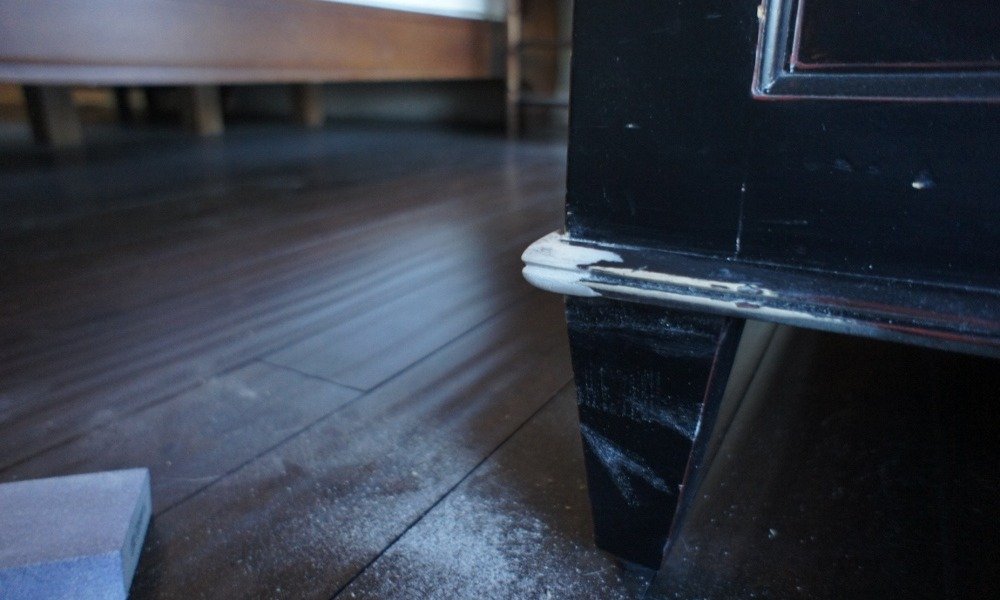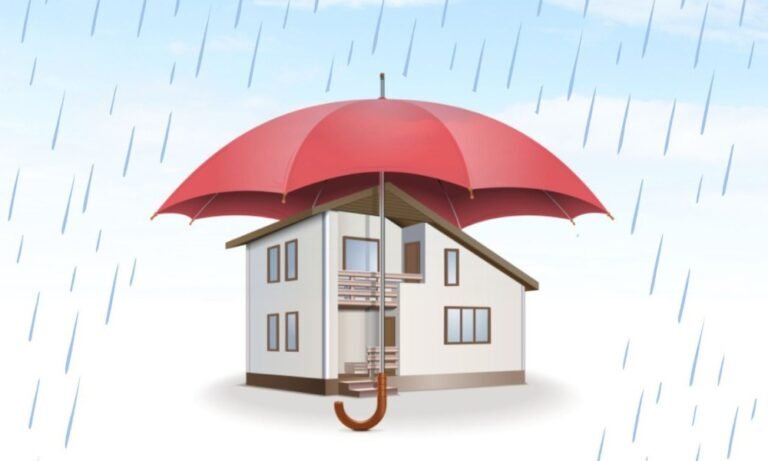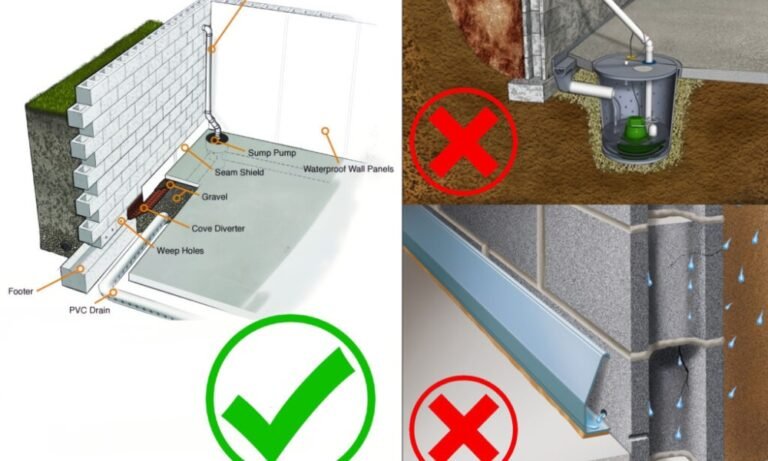Estimated reading time: 4 minutes
Moisture-related issues. Just hearing the term can make any homeowner uneasy—and for good reason. Excess moisture in your walls or floors can lead to costly repairs and even health risks if ignored.
If you’re like me, you’d rather catch the warning signs early than deal with damage down the line. That’s why I’ve put together this guide to help you identify trouble spots and take action. Here’s what we’ll cover:
- Clear signs of moisture lurking in your walls or floors.
- The different types of problems that could be causing it.
- How to trace the source and fix it before things worsen.
- Quick tips to keep your home dry and safe.
Let’s jump in and keep those pesky problems at bay!
How to Recognize Signs of Trouble
Knowing what to look for is half the battle. Here are the most common indicators of excess moisture in your home:
1. Damp or Wet Walls

Walls that feel moist or have yellowish stains are often the first clue. These areas may appear darker than surrounding surfaces and often feel colder, too.
2. Mold Growth
Dark mold patches are an obvious red flag. These unsightly blotches love damp environments and often appear around windows, in bathrooms, or on ceilings. Beyond being an eyesore, mold spores can irritate allergies or worsen asthma.
3. Peeling Finishes
Wallpaper pulling away or flaking paint? It’s often the result of moisture sneaking into the surface layers. If this occurs near the base of your walls, it could indicate rising issues from below. Higher up? That points to water intrusion from external sources.
4. Musty Smells
Sometimes your nose detects trouble before your eyes. A persistent musty odor in a particular room can signal trapped moisture. It’s worth checking nearby surfaces for telltale marks.
5. Damaged Woodwork

Moisture doesn’t play nice with wood. Skirting boards or floorboards that appear warped, crumbly, or rotting are signs of deeper issues. Be careful—if left unaddressed, this can compromise your home’s structure.
What Could Be Causing It?
Excess moisture can stem from several sources. Here’s a breakdown to help you identify the root cause:
1. Moisture Rising from the Ground
When water seeps upward through walls, it’s often due to a faulty moisture barrier at the foundation. Look for:
- Stains or crumbling plaster near the floor.
- White powdery residue (called efflorescence) left by salts.
For more details, visit Protect Your Home from Rising Damp with These Solutions.
2. Structural Leaks
Cracks in walls, a broken gutter, or a leaky roof are common culprits. Moisture seeps through these entry points, creating patches higher on walls or ceilings. Address these structural concerns quickly to avoid further damage.
3. Condensation Issues
Condensation happens when warm air meets a cold surface, leaving water droplets behind. This is common in poorly ventilated spaces like bathrooms or kitchens. Over time, these droplets contribute to damp walls or even mold.
To improve ventilation, consider extractor fans or dehumidifiers. I’ve shared more tips in Damp Walls? Here’s How Waterproofing Can Help You.
How to Identify the Source
Once you’ve spotted the signs, the next step is figuring out where the moisture is coming from. Here’s my process:
- Inspect Problem Areas: Look for leaks, damaged gutters, or any cracks in walls.
- Use a Moisture Meter: These handy tools confirm if an area is retaining water.
- Monitor Weather Conditions: Does the problem worsen after heavy rain? That often points to structural leaks.
For basements, the issue might be less obvious. You can find detailed tips in 7 Essential Waterproofing Solutions for Basement Leaks.
How to Address Moisture Problems
Don’t let these issues linger. Here’s what I recommend:
- Fix Leaks Quickly: Repair cracks, broken pipes, or damaged roofs as soon as you spot them.
- Improve Ventilation: Open windows, install fans, and avoid drying clothes indoors.
- Waterproof Key Areas: A good moisture barrier can save you a lot of future trouble. Learn more in Top Benefits of Waterproofing Your Home Before Monsoon.
- Call in Experts: If the problem is widespread, professional help might be your best bet.
Final Thoughts
Keeping your home dry and secure doesn’t have to feel overwhelming. By staying vigilant and addressing moisture issues early, you’ll save yourself from hefty repair bills—and maybe even a few sleepless nights.If you want to explore effective waterproofing methods, check out Cost-Effective Waterproofing Tips for Every Budget. Let’s protect what matters most: your home and your peace of mind.



